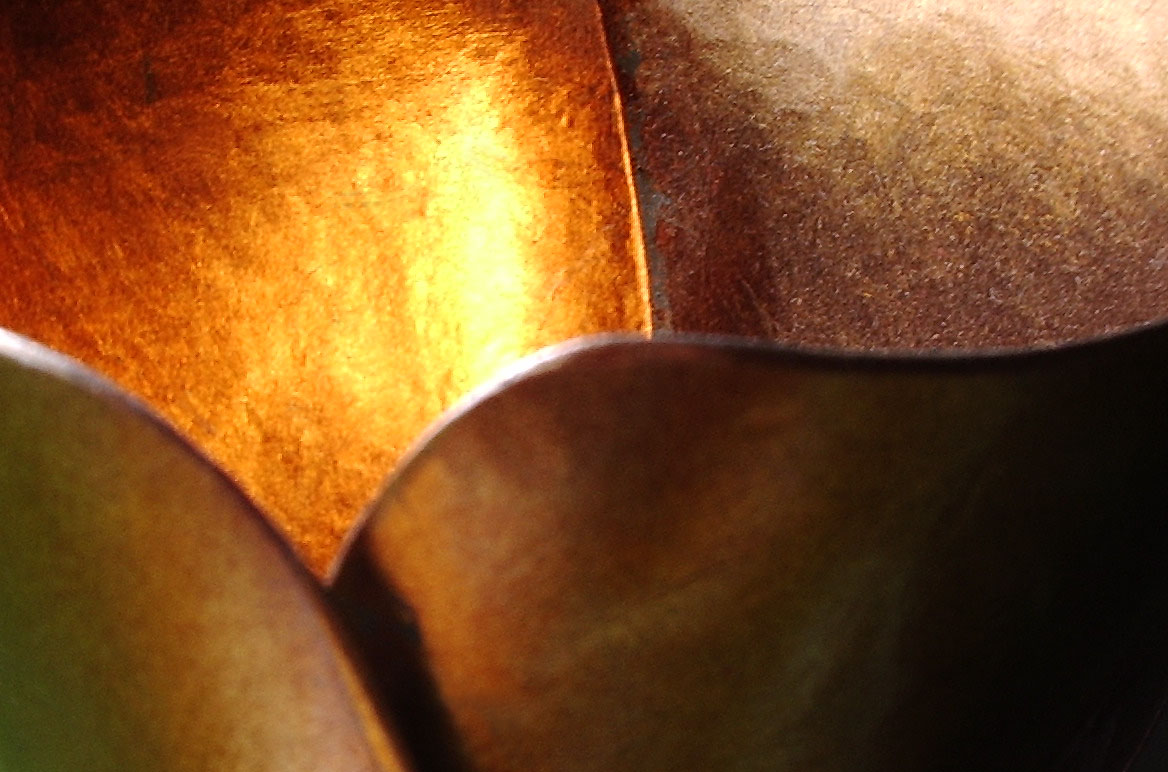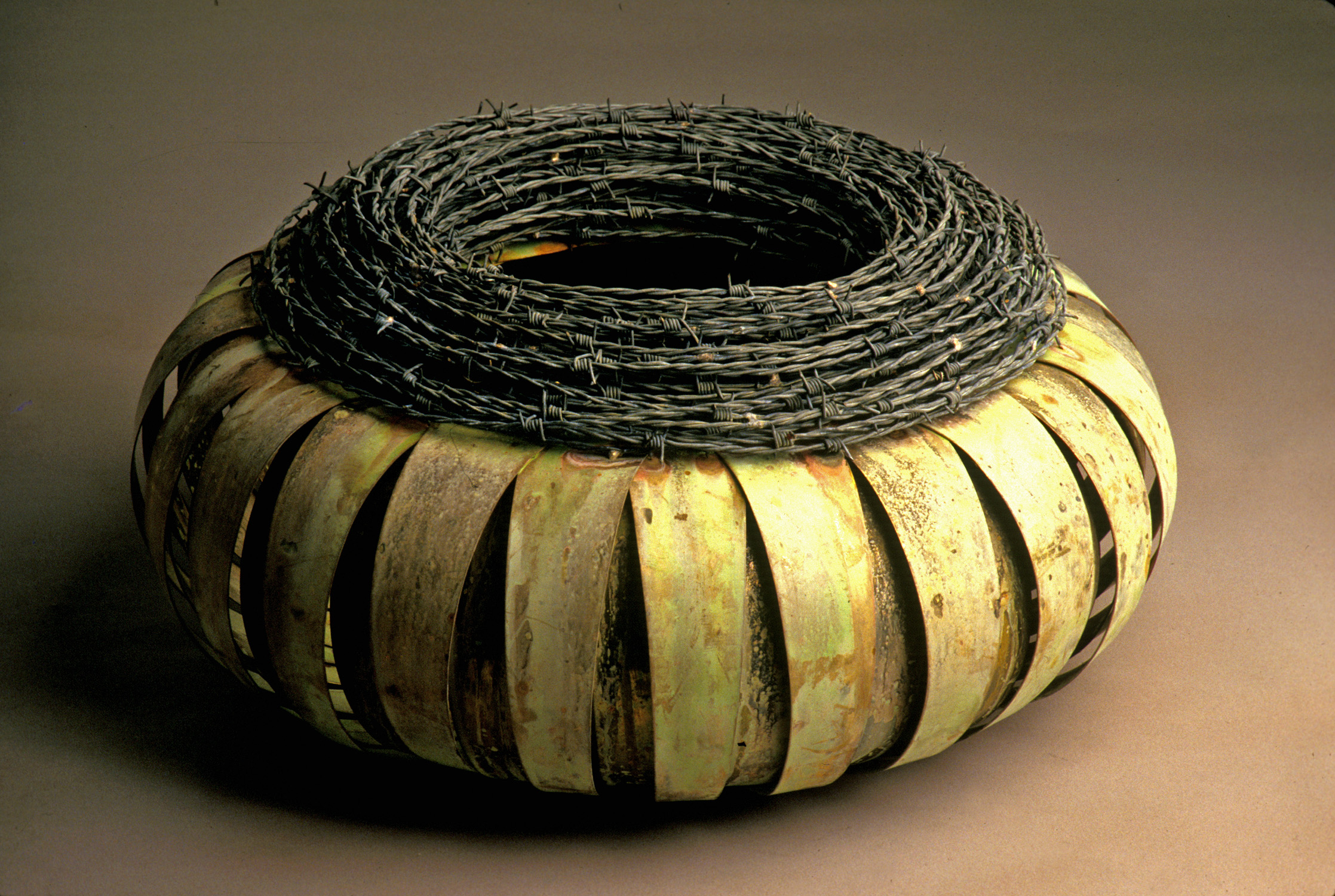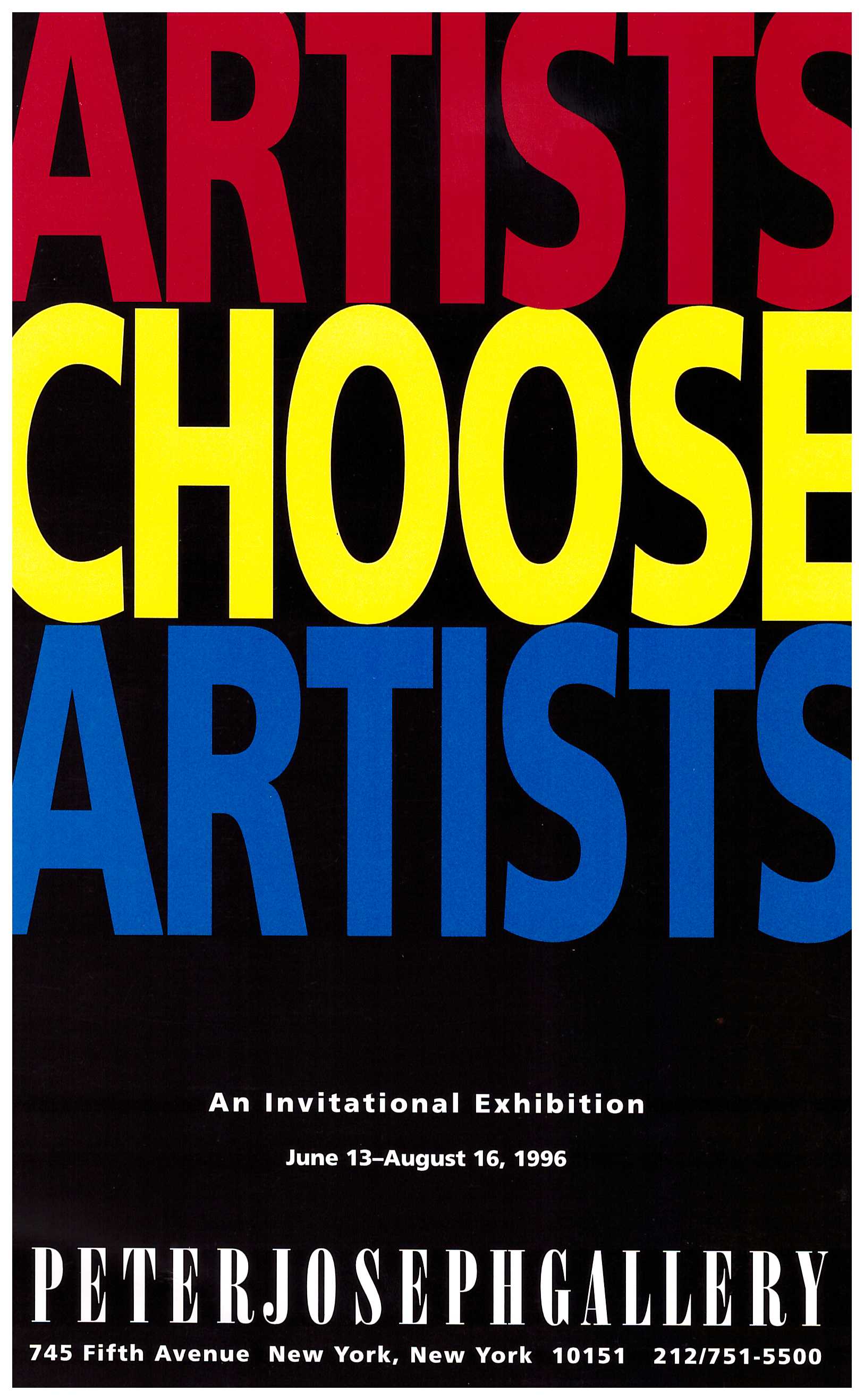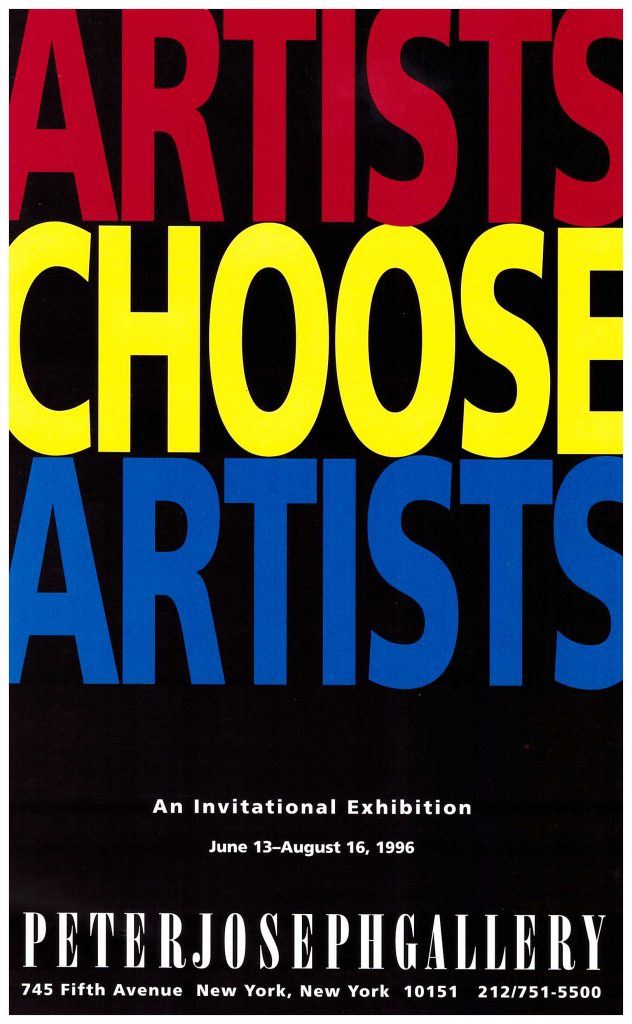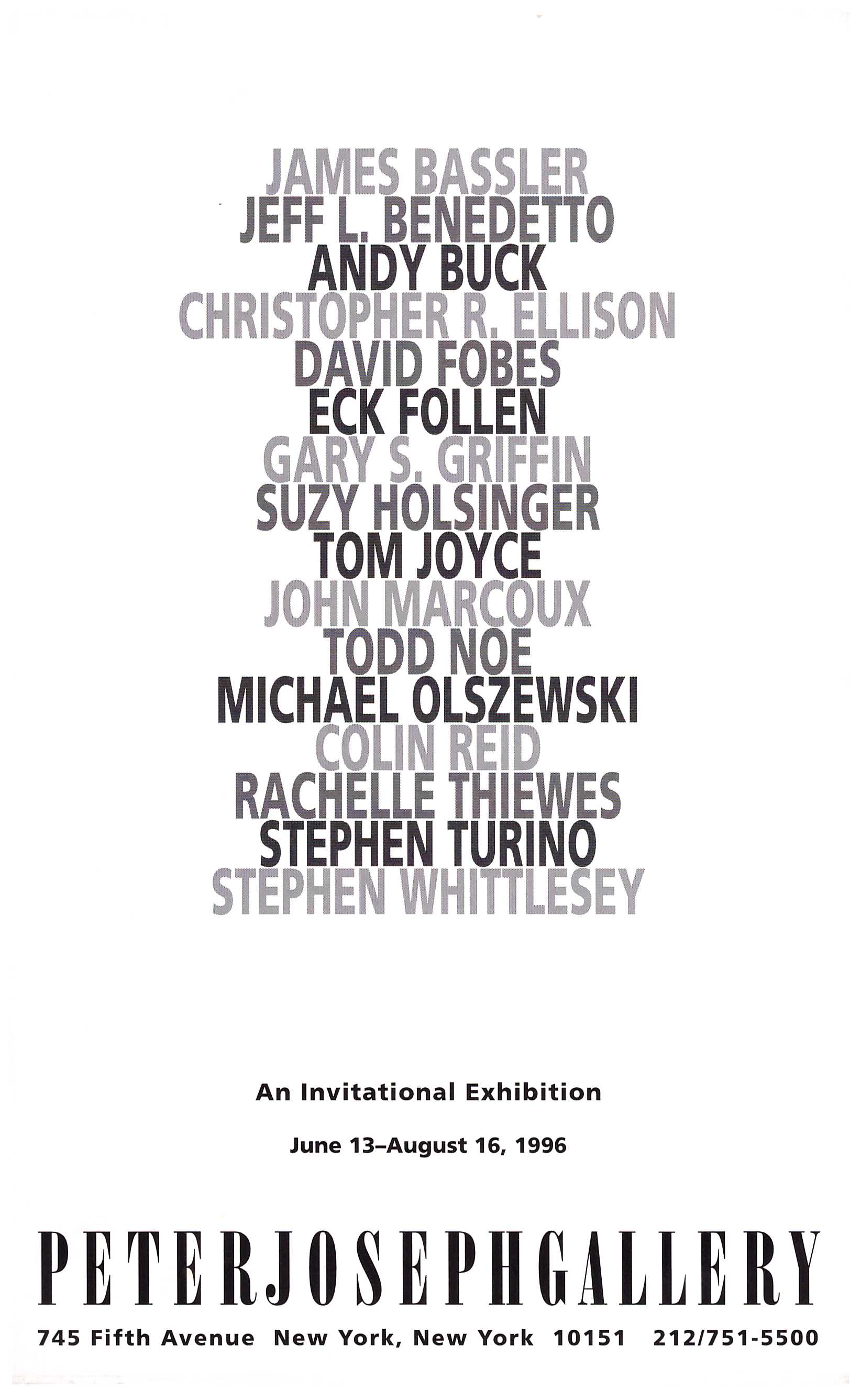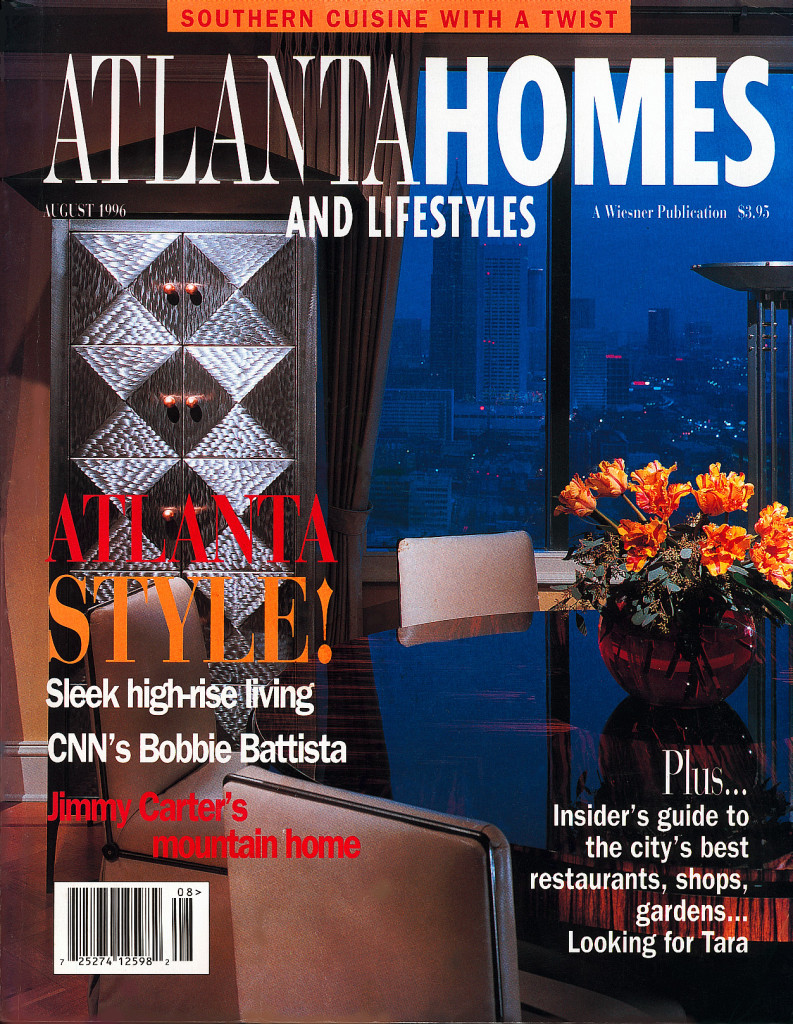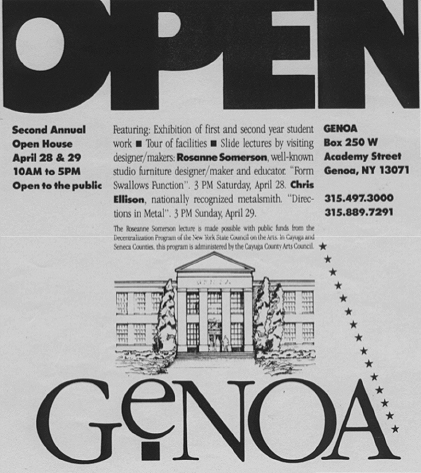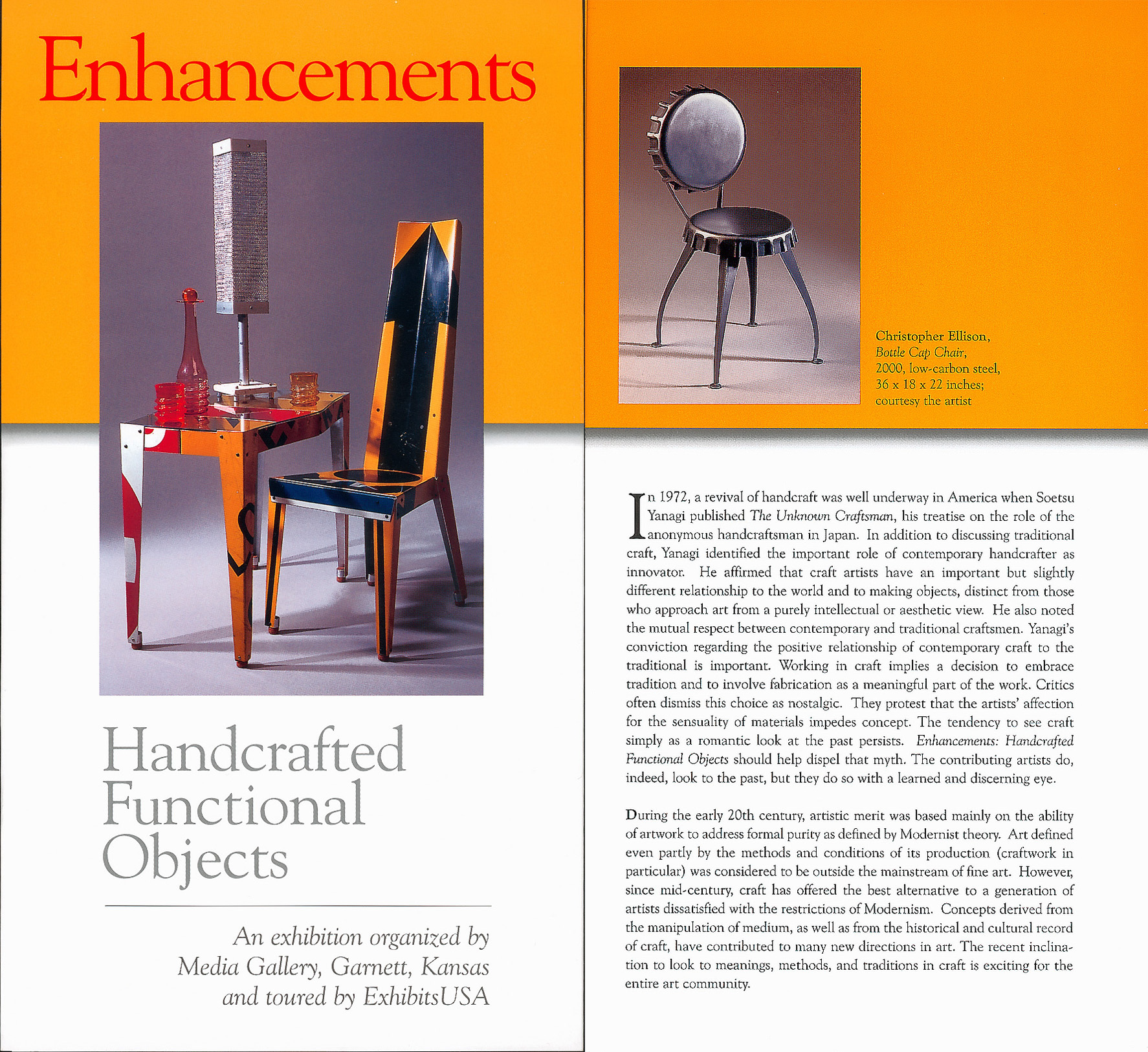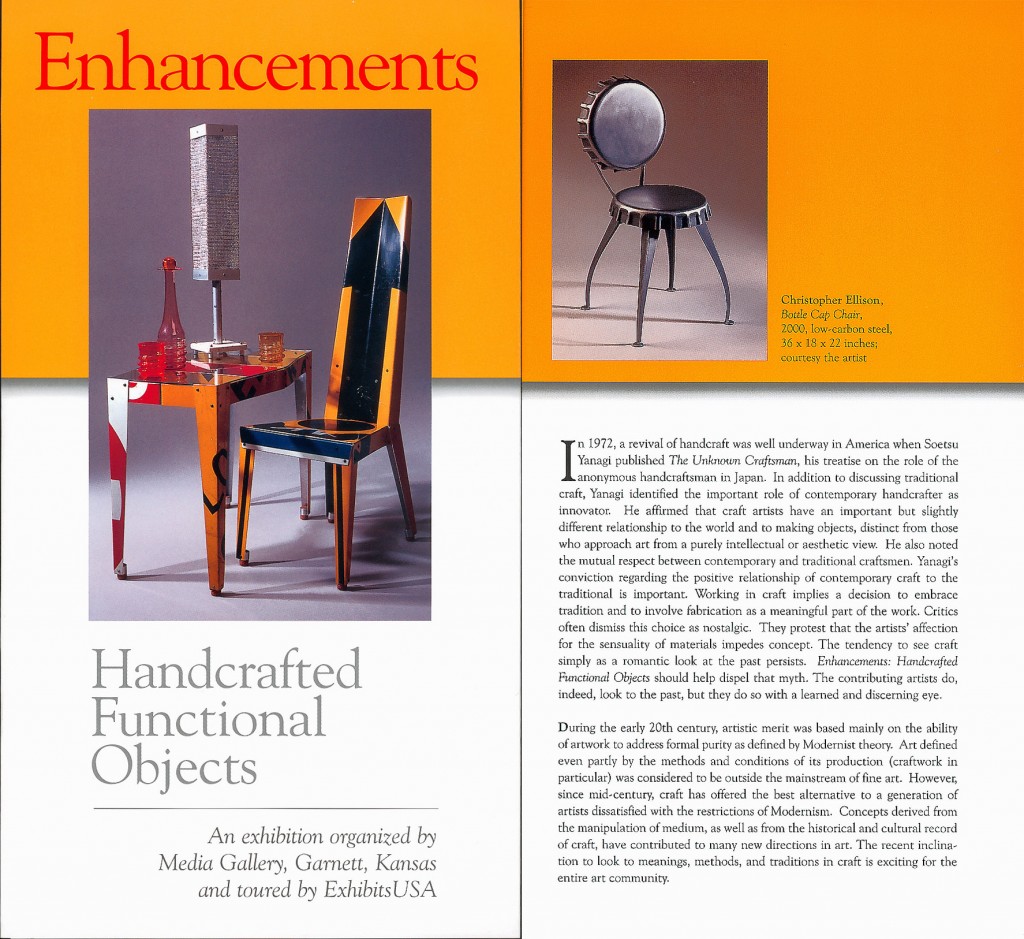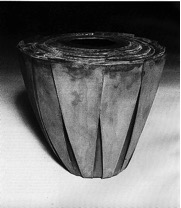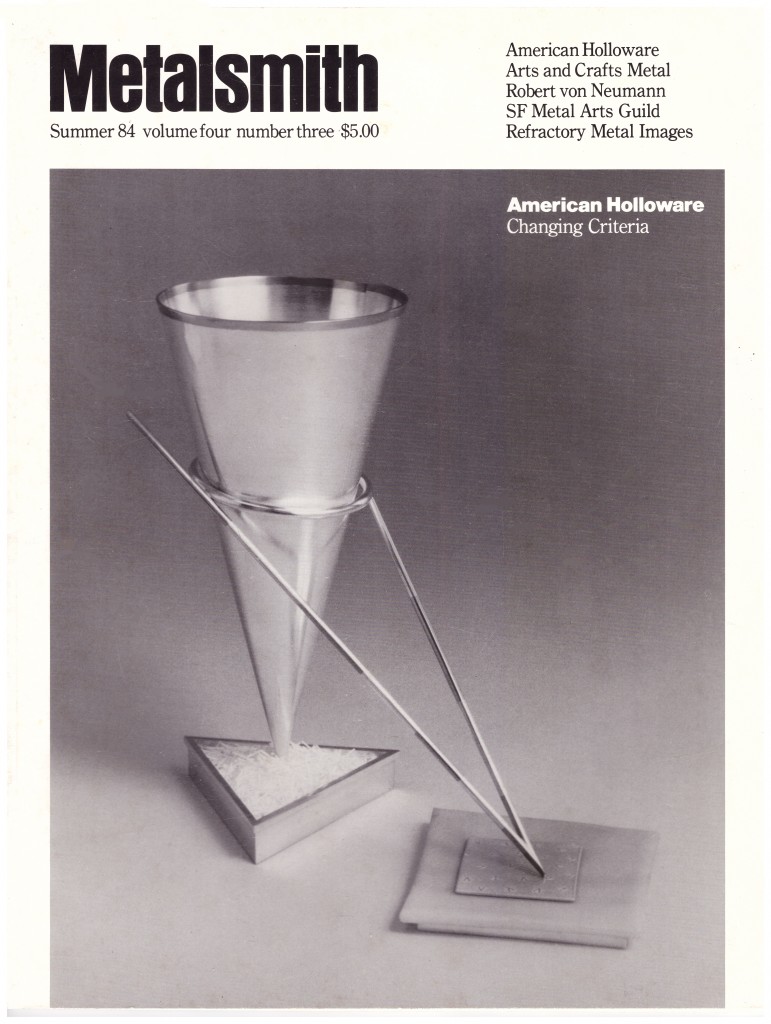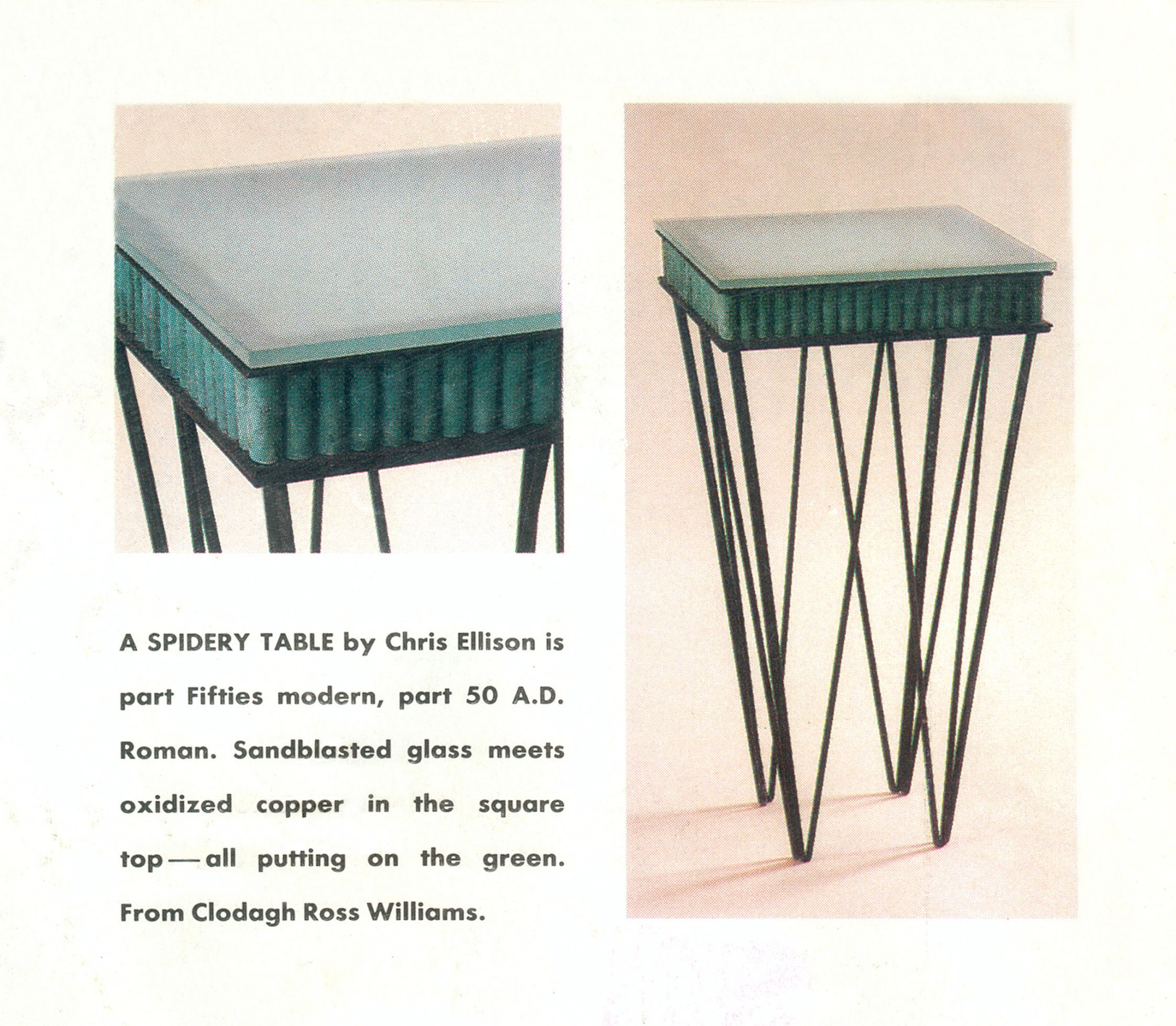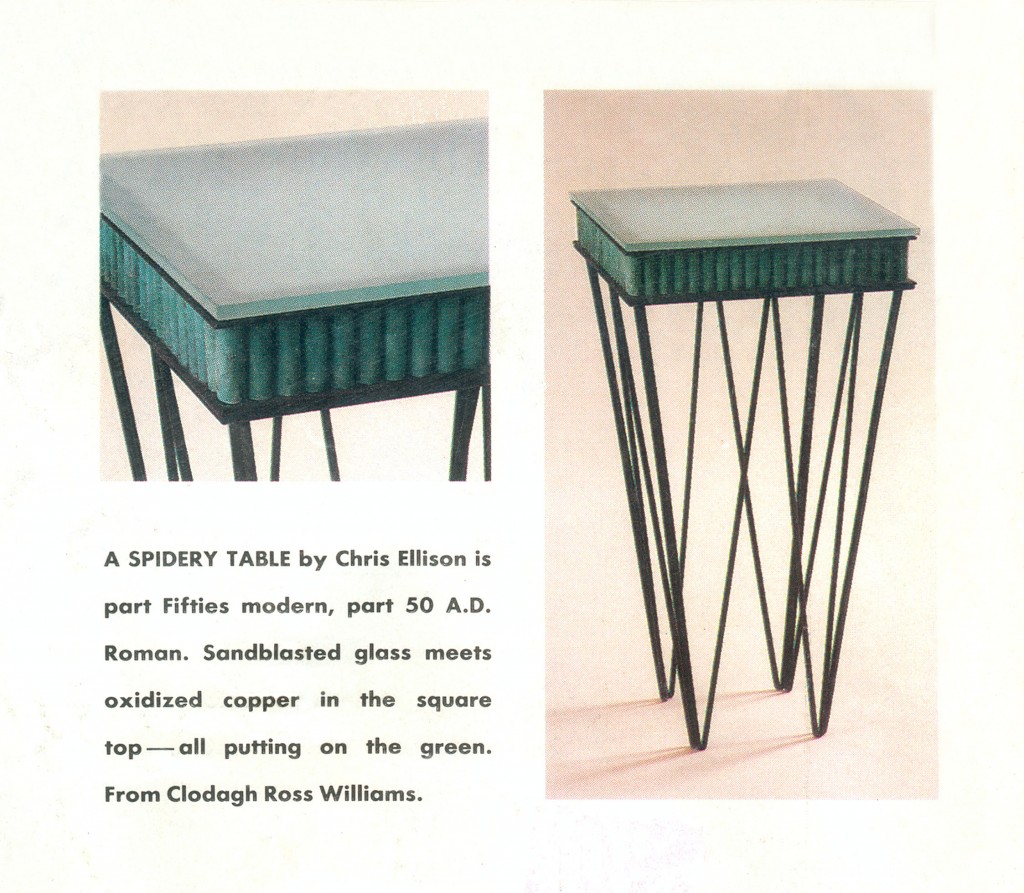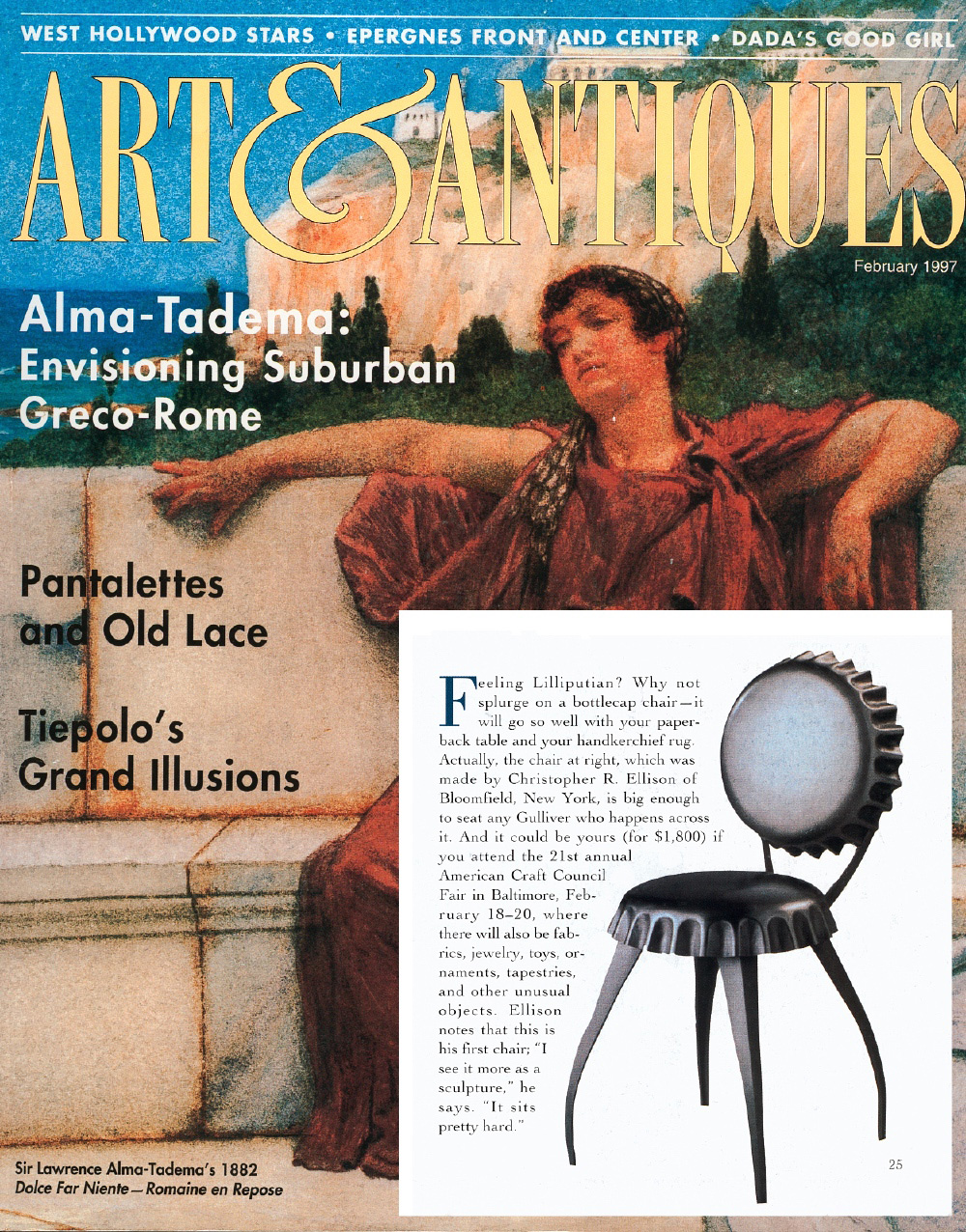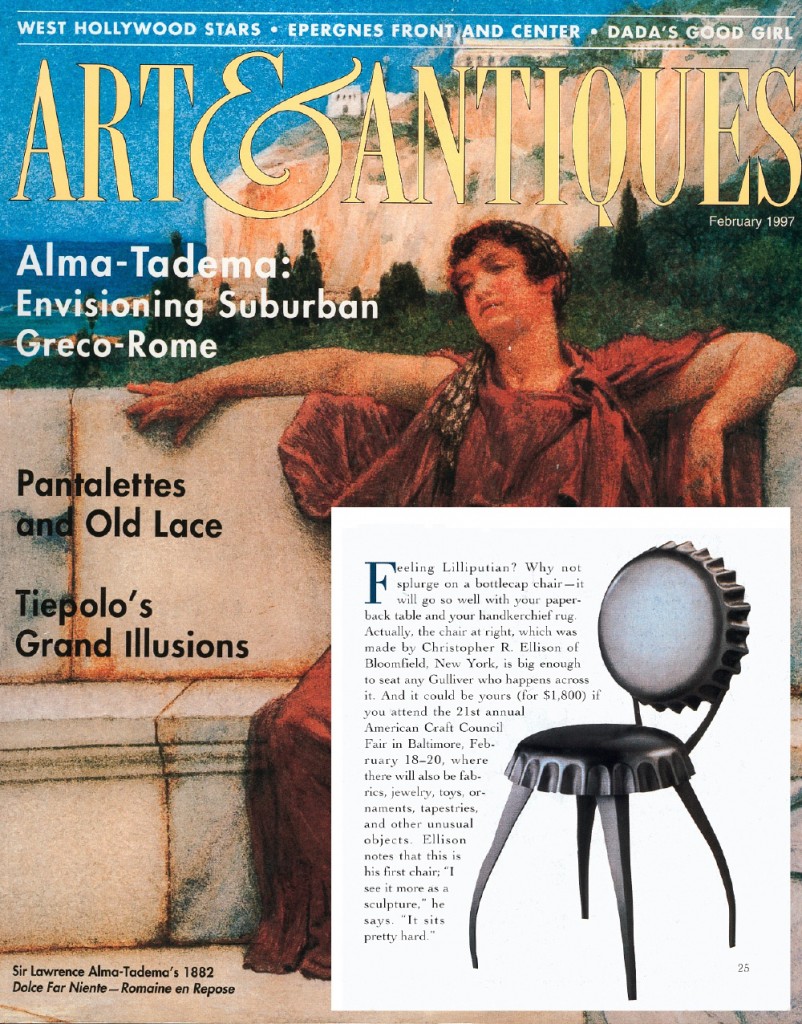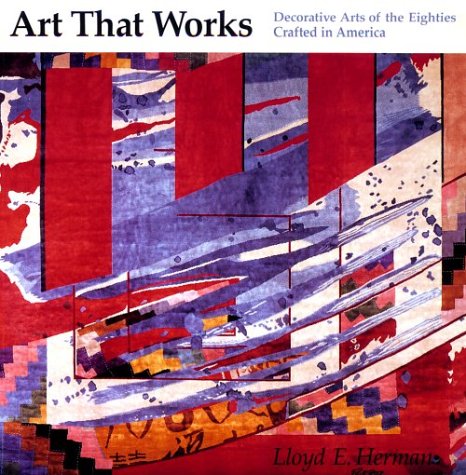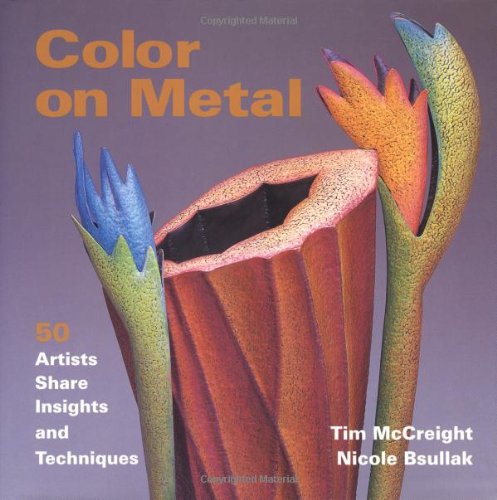
Christopher Ellison would have been at home with the early alchemists, when earth, water, air and fire were perceived as the four and only elements. He begins his process by experimenting with the basic elements and ends it with discovery.
Ellison views color as something latent, waiting to be discovered to make the object complete. Relying on metal for his palette, he uses oxidation – the effect of air – to reveal the inner beauty of each particular piece.
The artist approaches both the form and his studio process with rudimentary and primitive energy. He grinds cupric nitrate and other patina chemicals with mortar and pestle and mixes intuitively, bound by no recipe, comfortable with the Honesty of trial and error. His goal is to instill in the object qualities of utility, antiquity and spirituality.
Ellison turns to the natural world for the finishing touches that he feels are needed to complete his work, making allies of time and the elements. He leaves his work outdoors for at least a month to complete the finish. Outside his studio in upstate New York, iron-rich rainwater creates trails through the brilliant copper blues. Meanwhile, the oxides continue to consume the surface metal, creating a constantly evolving work. Though he will occasionally seal a patina, Ellison’s preference is to allow the natural process to continue. As he says, “Although we may feel we can alter time, it cannot be separated from the natural world, for nature works in concert with time.
from Color on Metal: 50 Artist Share Insights and Techniques
by Tim McCreight, Nicole Bsullak
